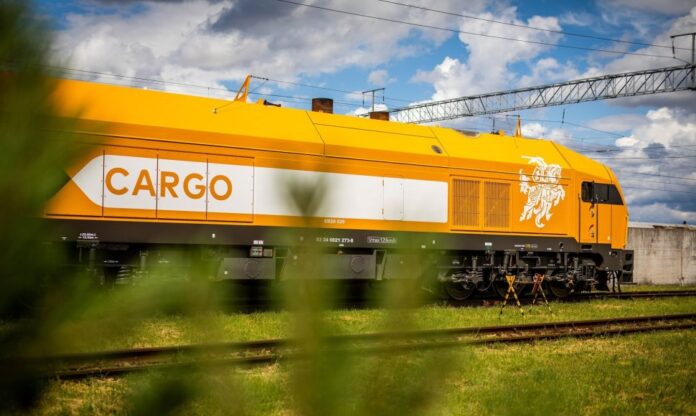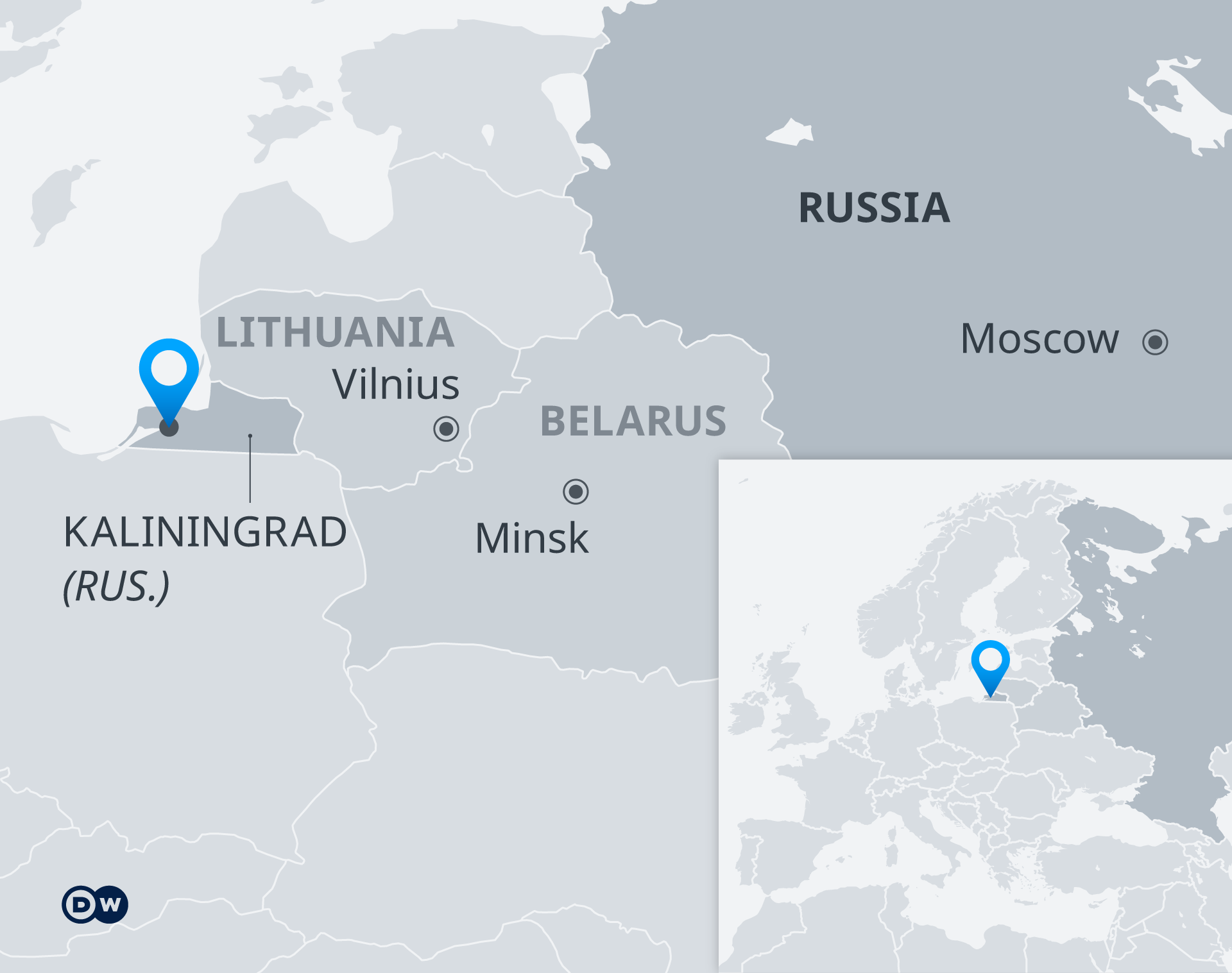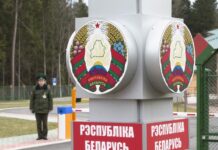
Sanctions cause threats from Russia
On Monday, June 20, Lithuania began blocking goods banned under EU anti-Russia sanctions from being transported through its territory to Russia’s Kaliningrad exclave. Prohibited items include coal, metals and construction materials. Russia’s foreign ministry blasted the ban as “openly hostile” and demanded that transit through the region be restored immediately. Moscow warned that Lithuania may face measures of “serious negative impact” in response.
Lithuania, however, said it was merely fulfilling its responsibilities as an EU member by implementing sanctions imposed on Russia in response to its invasion of Ukraine.
Kaliningrad is Russia’s westernmost region, or oblast. It is an exclave, meaning it shares no borders with mainland Russia. Kaliningrad has a strip of Baltic Sea coast in its west, while bordering on Lithuania in the north and east, and Poland in the south. It spans an area of 15,000 square kilometres, and has a population of roughly a million. Its capital is the city of Kaliningrad, where about half of that population lives.
 The area of present-day Kaliningrad used to be part of the Kingdom of Prussia, and had a mixed Polish, Lithuanian and German-speaking population. After the defeat of Nazi Germany at the end of World War Two, the territory was ceded to Soviet Russia. Its main city, known in German times as Königsberg (Lithuanians called it Karaliaučius), was renamed Kaliningrad – the same name given to the entire area.
The area of present-day Kaliningrad used to be part of the Kingdom of Prussia, and had a mixed Polish, Lithuanian and German-speaking population. After the defeat of Nazi Germany at the end of World War Two, the territory was ceded to Soviet Russia. Its main city, known in German times as Königsberg (Lithuanians called it Karaliaučius), was renamed Kaliningrad – the same name given to the entire area.
After the collapse and disintegration of the Soviet Union, Kaliningrad became part of Russia.
Kaliningrad’s geographic location is strategically and militarily advantageous to Russia. It is Russia’s only port on the Baltic Sea that is ice-free year-round, and the Russian Baltic Sea Fleet is based there. Russia also holds nuclear missiles in Kaliningrad, placing them within close striking range of major European capitals. Neighbouring countries Lithuania and Poland are EU and NATO states.
The current rail transit, ferrying both goods and passengers via Lithuania, is the result of an agreement between Brussels and Moscow. In the early 2000s, with Lithuania moving toward the EU and NATO, Brussels secured a deal with Moscow on the transit of passengers and freight.
The Kremlin accepted, although it had previously attempted to pressure Lithuania into agreeing to a military corridor or a continued Russian troop presence, which would have essentially halted the country’s NATO aspirations. The simplified transit mechanism started operating on July 1, 2003, less than a year before Lithuania joined the EU on May 1, 2004.
Now, Vilnius officials say the country can not impose any unilateral moves because of it. About a hundred trains enter Lithuania from Belarus each month and continue via Vilnius onward to Kaliningrad.
The transit ban is due to expand to include cement and alcohol on July 10, coal and other solid fuels on August 10, as well as oil on December 5. This means that Russia will now be forced to increase its air and sea shipping traffic to transport sanctioned goods. Two vessels currently ferry goods between Kaliningrad and St. Petersburg, and seven more will be in operation by the end of the year. But despite official reassurances, many locals fear that the rail blockade could mean not only shortages of certain goods but also accelerating inflation.
Lithuanian president Gitanas Nauseda will raise the issue of the ban at the forthcoming European Council meeting later this week. Asta Skaisgiryte, the president’s chief foreign policy adviser, noted that it would be correct to say this is an EU matter, not Lithuania’s, and that the EU is implementing the sanctions in solidarity. This is important because Russia has targeted only Lithuania, even though the sanctions were unanimously imposed by 27 EU member states, the adviser said.
LTG Cargo





























